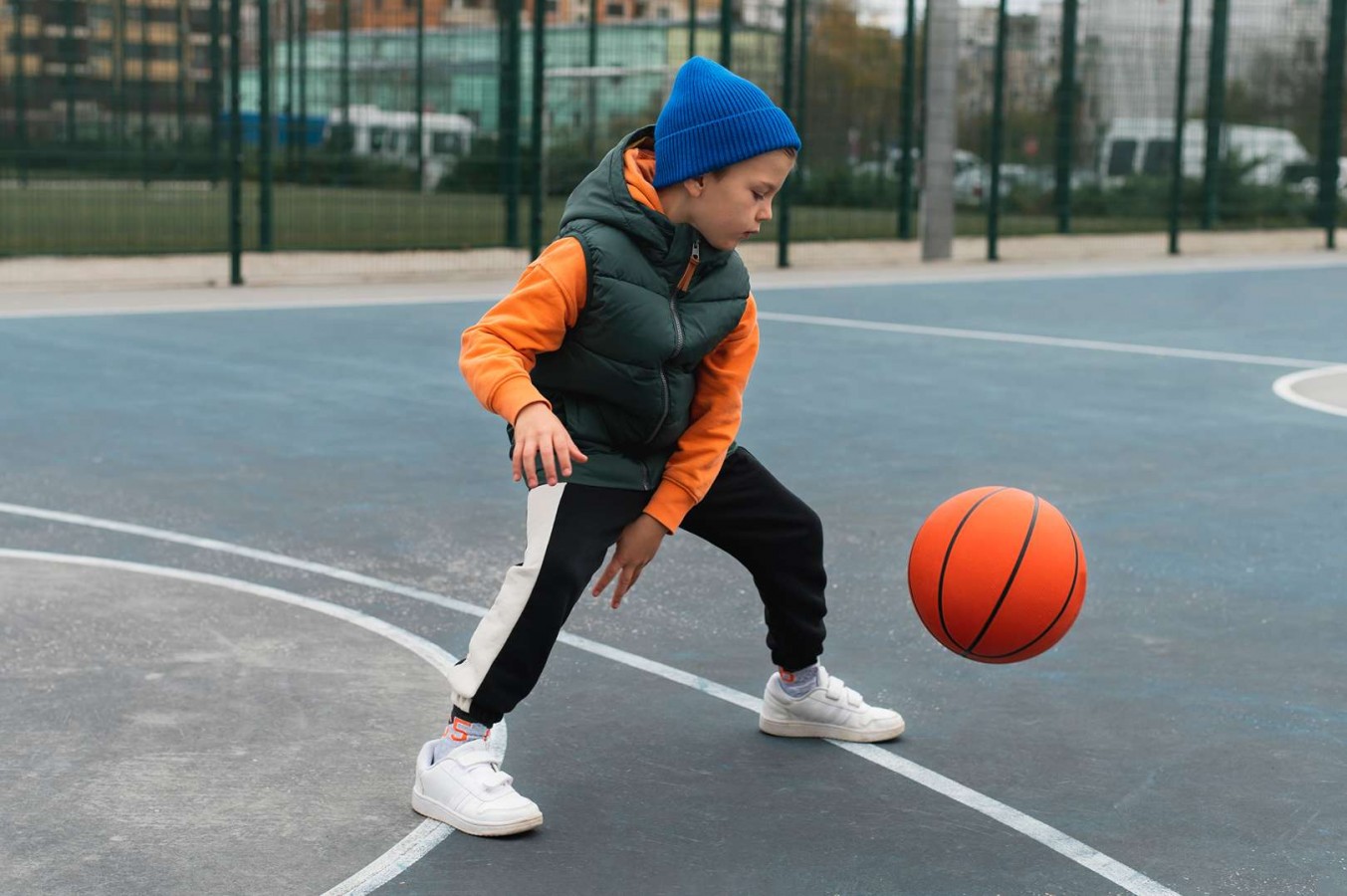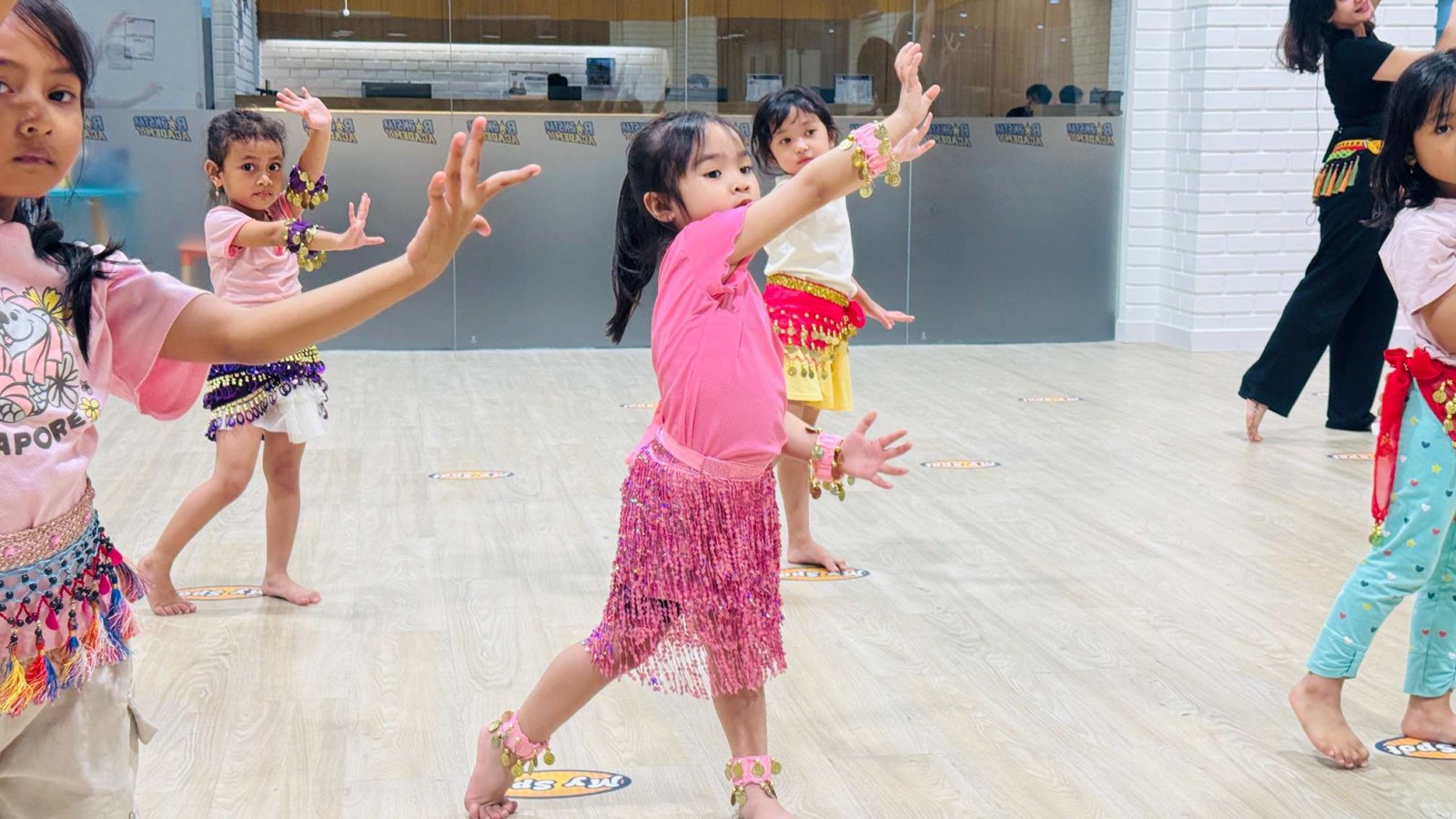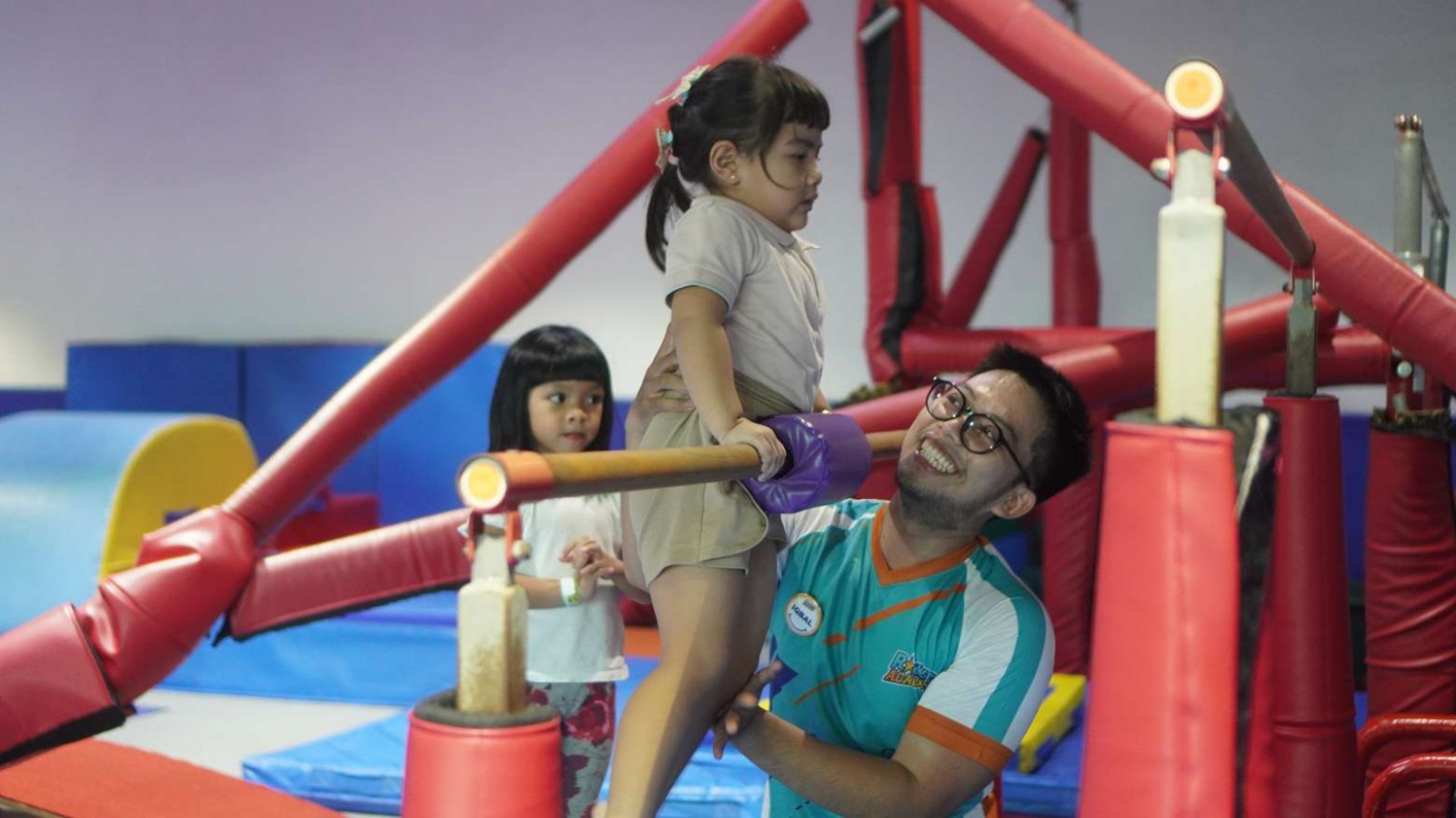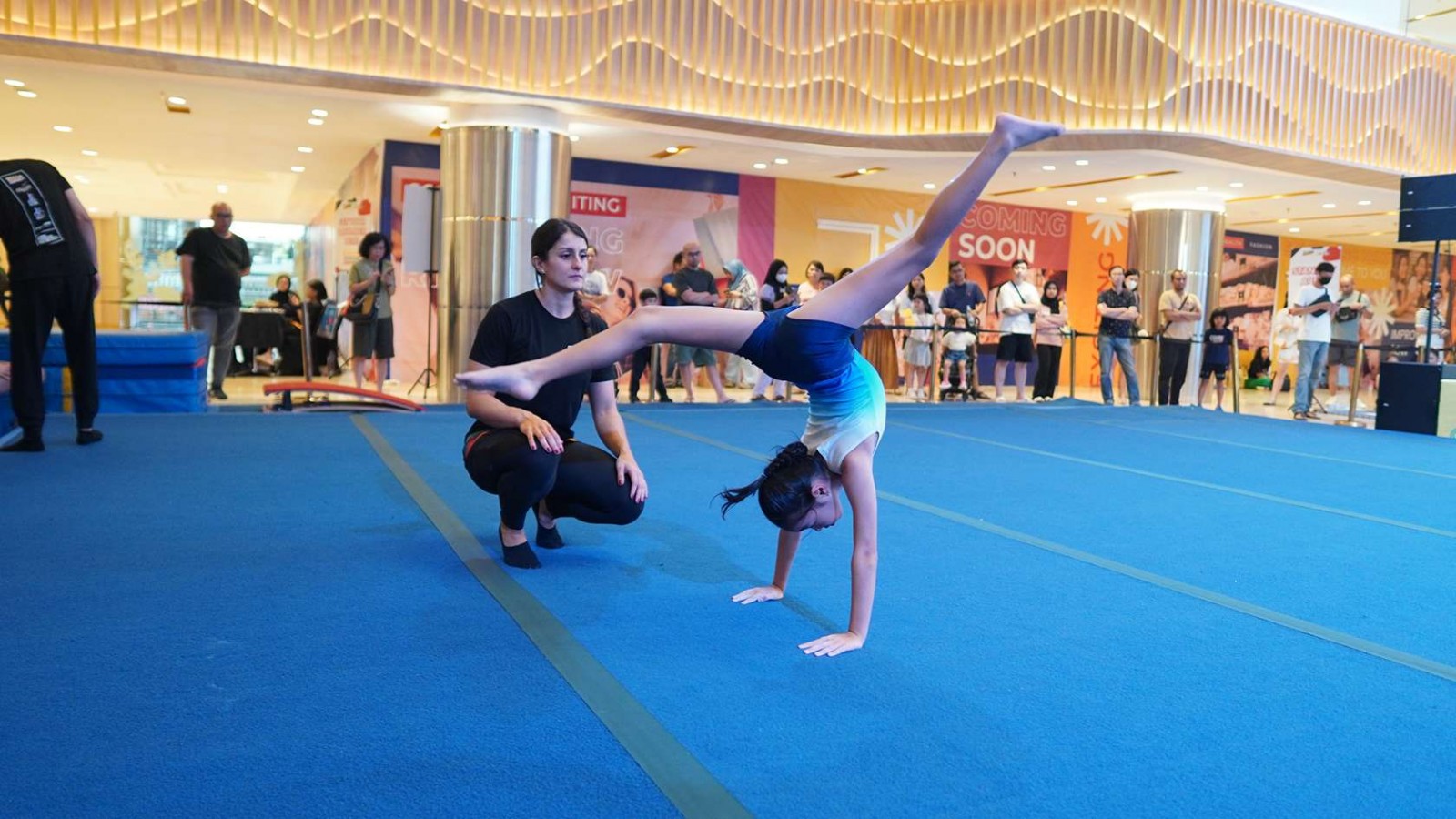Basketball Position: Roles and Responsibilities

In every team sport such as soccer, basketball, futsal, and others, each player has their own specialized position that they master deeply. However, players are also equipped with basic knowledge of several other positions to be able to cover their teammates.
In basketball, the significance of each position shines through, as every role comes with its unique specialization that is crucial to the game. In this article, we will discuss the roles of each position in basketball along with their respective responsibilities.
Roles and Responsibilities Position in Basketball
Each position has its own tasks and responsibilities. This is to complement every position on the field and facilitate scoring points in the game. The following are the roles and responsibilities of some positions in basketball :
1. Point Guard (PG)
A. Responsibilities
- Ball Handling: Bringing the ball up the court and initiating offensive plays.
- Playmaking: Creating scoring opportunities for teammates through assists.
- Perimeter Defense: Guarding the opposing team's point guard.
- Decision-Making: Making quick and effective decisions under pressure.
B. Role
- The point guard is the team's primary playmaker, responsible for setting the tempo, distributing the ball, and making key decisions on the court.
2. Shooting Guard (SG)
A. Responsibilities
- Scoring: Providing a scoring threat through jump shots, three-pointers, and drives to the basket.
- Off-Ball Movement: Using screens and cuts to get open for shots.
- Perimeter Defense: Guarding the opposing team's shooting guard.
B. Role
- The shooting guard is a key scorer, often serving as a primary offensive weapon and contributing to perimeter defense.
3. Small Forward (SF)
A. Responsibilities
- Scoring: Contributing to scoring through a variety of means, including driving to the basket and mid-range shots.
- Rebounding: Grabbing rebounds on both ends of the court.
- Defensive Versatility: Guarding multiple positions and providing solid defense.
B. Role
- The small forward is a versatile player who contributes across the board, serving as a scoring option, rebounder, and defender.
4. Power Forward (PF)
A. Responsibilities
- Post Scoring: Scoring in the low post through power moves and mid-range jumpers.
- Rebounding: Grabbing offensive and defensive rebounds.
- Interior Defense: Protecting the paint and blocking shots.
B. Role
- The power forward is a physical presence in the frontcourt, combining scoring with rebounding and interior defense.
5. Center
A. Responsibilities
- Rebounding: Dominating the boards, especially on the defensive end.
- Rim Protection: Blocking shots and altering opponents' attempts near the basket.
- Post Scoring: Scoring in the low post through hooks and dunks.
B. Role
- The center is a focal point in the paint, excelling in rebounding, shot-blocking, and scoring close to the basket.
Physical Requirement and Training for Each Position In Basketball
Every basketball player indeed requires strong physicality and good stamina. However, not all positions in basketball undergo the same training. Each position has specific specializations that are focused on.
Therefore, there are players who are stronger in certain physical aspects. Here are some physical attributes and training each basketball position should possess:
1. Point Guard (PG)
A. Physical Requirements
- Speed and Quickness: Point guards need to be fast and agile to navigate the court, break down defenses, and execute quick plays.
B. Training
- Ball Handling: Exceptional hand-eye coordination and ball-handling skills are crucial for effective ball control and maneuvering.
- Passing: Work on both accuracy and speed of passes, as well as developing the ability to read defenses.
- Shooting: Develop a reliable jump shot from mid-range and three-point range.
2. Shooting Guard (SG)
A. Physical Requirements
- Athleticism: Good athleticism helps shooting guards move without the ball, make cuts, and create scoring opportunities.
B. Training
- Scoring Ability: Shooting guards should possess scoring versatility, including a reliable jump shot, three-point shooting, and the ability to drive to the basket.
- Shooting Practice: Regularly work on shooting drills, including catch-and-shoot, off-the-dribble, and shooting on the move.
- Off-Ball Movement: Improve cutting, screening, and positioning without the ball.
- Defensive Drills: Enhance on-ball and off-ball defensive skills, including lateral movement and anticipation.
3. Small Forward (SF)
A. Physical Requirements
- Versatility: Small forwards need a combination of size, strength, and agility to contribute in various aspects of the game, including scoring, rebounding, and defense.
B. Training
- Defensive Skills: Solid defensive abilities, including the capability to guard multiple positions.
- Mid-Range Shooting: Develop a consistent mid-range jump shot and the ability to drive to the basket.
4. Power Forward (PF)
A. Physical Requirements
- Strength and Physicality: Power forwards are often physically strong players who can hold their own in the low post, both offensively and defensively.
B. Training
- Rebounding: Strong rebounding abilities, particularly on the offensive glass.
- Post Moves: Develop a repertoire of post moves for scoring in the low post.
5. Center (C)
A. Physical Requirements
- Size and Height: Centers are typically the tallest players on the team, and their height provides an advantage for rebounding and shot-blocking.
- Strength: Physical strength is crucial for battling in the post, both on offense and defense.
B. Training
- Shot Blocking: Centers should have the ability to alter or block shots near the basket.
- Post Moves: Hone skills for scoring in the low post and finishing around the rim.
Which Position In Basketball Do You Like?
Indeed, players have their respective positions that they must master. However, every player should at least excel in basics such as shooting, dribbling, passing, and understanding the court well.
If your children harbor a passion for basketball, fostering their skills through enrollment in a specialized basketball program is a decision that promises both growth and enjoyment. Rockstar Academy, acclaimed as the premier Sports & Performing Arts Academy, offers a variety of physical activity programs, including exceptional basketball programs designed to elevate your child's game.
The curriculum extends beyond skill development, providing a platform for participation in Basketball Elite Championships. This competition not only encourages excellence in achievement and physical prowess but also instills essential life skills such as discipline, sportsmanship, and resilience in handling both victories and setbacks.
Celebrate your child's basketball journey with us, where learning transcends the court. For those considering this enriching experience, Rockstar Academy extends an invitation through a free trial class – a perfect opportunity to take the first step toward basketball excellence. Reach out to Rockstar Academy today to embark on a transformative and exciting basketball adventure for your child!
FAQ
1. What are the five main basketball positions?
The five main basketball positions are point guard (PG), shooting guard (SG), small forward (SF), power forward (PF), and center (C).
2. What determines a player's position in basketball?
A player's skills, physical attributes, and playing style determine their position. Coaches assess factors such as ball-handling, shooting, size, and defensive capabilities.
3. Can players play multiple positions?
Yes, many players are versatile and can play multiple positions. This is especially common in modern basketball, where versatility is highly valued.



